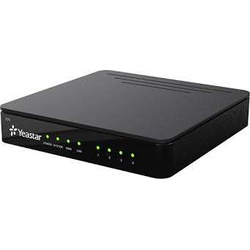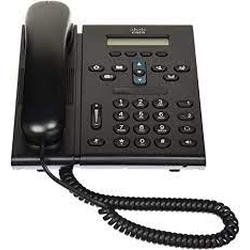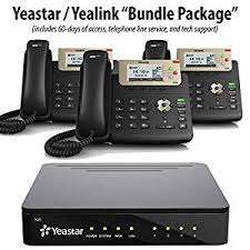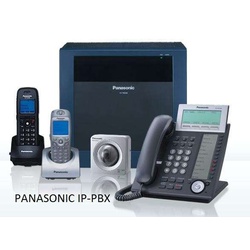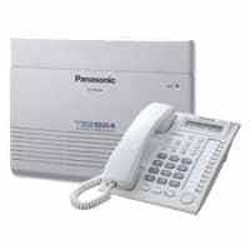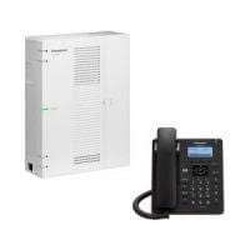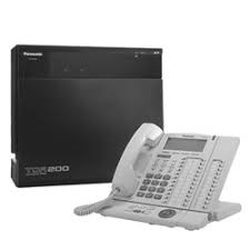
Office Landline Telephone Installation
by YEALINK
1. Panasonic Phones installation
2. Yeaster IP Phone installation
3. Cisco Ip Phone Installation
4. Grand stream IP phone installation
5. Zycoo IP phone installation
| Analog | panasonic |
|---|---|
| SKU | 736292 |
Reviews
Description
Office Landline Telephone Installation
Having effective office communication equipment is very important in day to day operation of any business, At Mtech Networks we are the leading professional dealer and installer for office communication, our leading brand includes Panasonic, Panatron, Yeaster, zycoo, and cisco IP phones.
Office Phone System Features
1) Announcements (Greetings)
Chances are that people who call your contact center won’t be put directly through to someone on your team. They’ll be placed in a call queue.
A feature you’ll need to look out for is announcements. These are a few sentences that greet your customers and tell them they’re in the queue. They don’t need to listen to the annoying ringing sound as they wait.
The best part? The average length of a phone greeting is 15 seconds. That means your customers are entertained for an extra 15 seconds. We all know how precious those seconds are when you’re on hold.
2) Auto Attendant
You don’t have a human receptionist to answer incoming calls. How can you make sure you’re diverting customers to the right department? The answer: With an auto attendant.
3) Busy Lamp Status
You don’t want to pass a customer through to your coworker if they’re unable to take their call. The busy lamp status is a phone system feature that allows you to notify coworkers if you’re on the phone.
A green light means they aren’t busy, and you can pass their call through. A red light acts as a “do not disturb” sign.
Your staff can pick their busy lamp status, or have it light automatically if they’re on another call. Receptionists won’t need to place a caller on hold while they check availability. They can simply check whether their light is green, then divert them.
4) Call Forwarding
Are you in the process of moving offices? Working remotely? Using your personal phone for business at the weekend?
With VoIP call forwarding, you can automatically divert people calling your old number to your new device. Your caller won’t even know their call is being diverted. (It’s that fast.)
You can also make calls on your new device using the VoIP number your contacts recognize. There’s no fumbling around changing contact details. If you use call forwarding, your old number will display on the caller ID.
5) Call Parking
Don’t fancy putting your customers on hold? With this feature, you can park their call.
You’ll put their call into a number-based virtual parking bay. Then, your co-workers (or yourself) can head back to the parking spot to continue the call. Callers who’ve been parked will hear hold music while they wait.
6) Call Logs
Calls made using VoIP pass through a phone service software, which records key details about the call. That includes the:
- Date and time
- Duration
- Caller ID
- Status (accepted or sent to voicemail)
7) Call Queues
Do you have an overstretched customer service team? You might have more calls than you can handle. A call queue is your best friend here.
That’s because incoming callers don’t hear constant ringing noises while waiting. Instead, they’ll be placed in a call queue. An automated message will tell them how many people are ahead, and an estimated waiting time.
8) Call Recording
A handful of VoIP phone systems can record calls. The audio is saved in cloud storage and allows you to refer back to the conversation at a later date.
Cloud call recording is ideal for training purposes. You can find instances of unhappy customers, and play the recording to show recruits how to handle the situation. No fictitious stories are necessary!
9) Conference Calls
Business calls aren’t always a two-way street. You might need to include other staff in your call. In this case, a phone system that allows conference calls is crucial.
The conference call feature allows other team members to join your conversation—even if they’re not in the same office. They can be on the other side of the globe. So long as they’ve got the dial-in number, they can join.
10) Desk Phones
Do you need a phone on your desk? The majority of VoIP providers offer this hardware as part of the setup package. The desk phone allows you to make, answer, and divert calls from your desk.
But unlike traditional desk phones, VoIP-enabled devices don’t need to be hardwired into a cellular connection. Calls are made using the internet. So, you can install a desk phone in your office without needing old-fashioned copper wires.
11) Direct Inward Dialing (DID)
Direct Inward Dialing is a phone system feature that helps businesses handle their staff network.
You can give each employee a personal contact number without purchasing a physical phone line for each. This saves time for installation and has cost benefits, too.
12) Find Me/Follow Me
You probably don’t sit at your desk all day. You’ve got meetings to attend and co-workers’ desks to visit. How can you still be available when moving around? The Find Me/Follow Me feature is the answer.
This phone system feature is similar to call forwarding. However, you can automatically divert incoming calls from your desk phone to another using find me/follow me.
For example, let’s say your extension number is 502. You can use a co-worker’s desk phone to:
- Dial the 502 extension number
- Enter the code for Find Me/Follow Me along with your password
- Answer calls from your co-worker’s desk phone
13) HD Voice
Some businesses fear that VoIP calls won’t be as high quality as traditional calls. With this phone system feature, that’s not true. HD voice delivers twice the sound as cellular calls.
Phone systems that offer the HD Voice feature to improve the conversations you can have with customers. There’s no need to say, “Could you repeat that?” Instead, your HD phone line will make it sound like you’re in the same room as your caller.
This crystal-clear audio also makes transcription a breeze. You can record the call, upload the file to a transcription service, and have a written copy of your conversation.
14) Hold Music
“Hello, are you still there?” The silence or mute button on a call can be a concern for callers. The same applies if you’re placing callers on hold. You don’t want them to think you dropped their call and hang up prematurely.
With the hold music, they’ll have something to listen to as they wait. You can upload an audio clip to your VoIP software to create custom hold music. This audio will be played to your callers once you put their call on hold.
15) Internal/External Call Transfer
Do you need to transfer your call to another line? With this feature, you can divert the caller to an internal or external line.
The costs for call transfers depend on who you’re directing the call to. An external call transfer to another device, such as a cell phone, using VoIP is usually free. But if you’re sending the caller to a non-VoIP device, standard rates may apply.
Check these rates before choosing your VoIP phone system.
16) International Calling
You might need to do business overseas. With this feature, you can make international calls from your VoIP device—no matter where the receiver is located.
But what about your business phone bill? If you’re making an international call from the U.S., you won’t need to pay extra for long-distance calls. The same applies to calls made from abroad back home. Instead, you use data from your device’s monthly allowance.
This makes VoIP technology a great option if you do business across several countries.
17) Instant Messaging
Some phone systems have supporting mobile and desktop apps. These applications can support instant messaging (IM).
They’re similar to SMS messages in the way you can type a message and send it instantly. However, you don’t need a cellular connection to send instant messages. Business instant messages increase productivity so your employees can answer questions instantly, instead of waiting hours, or even days for an email response.

